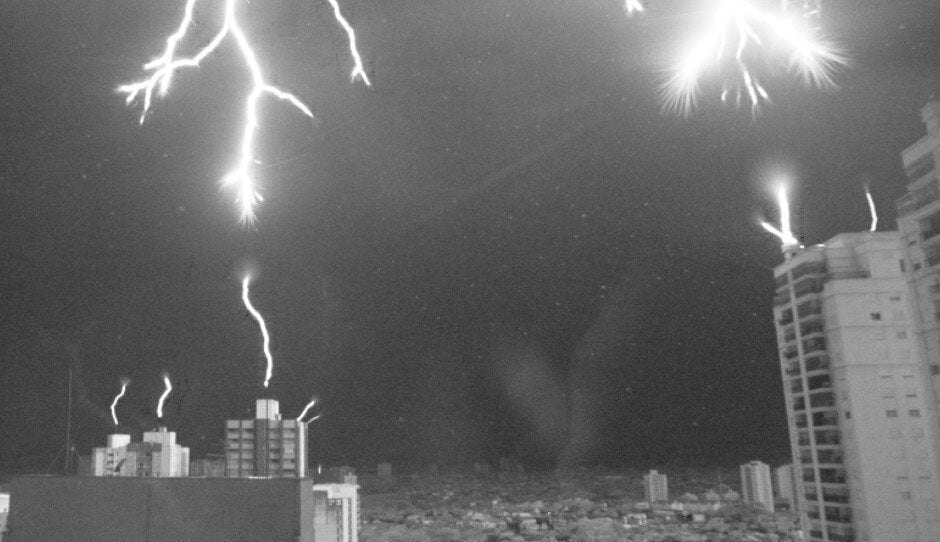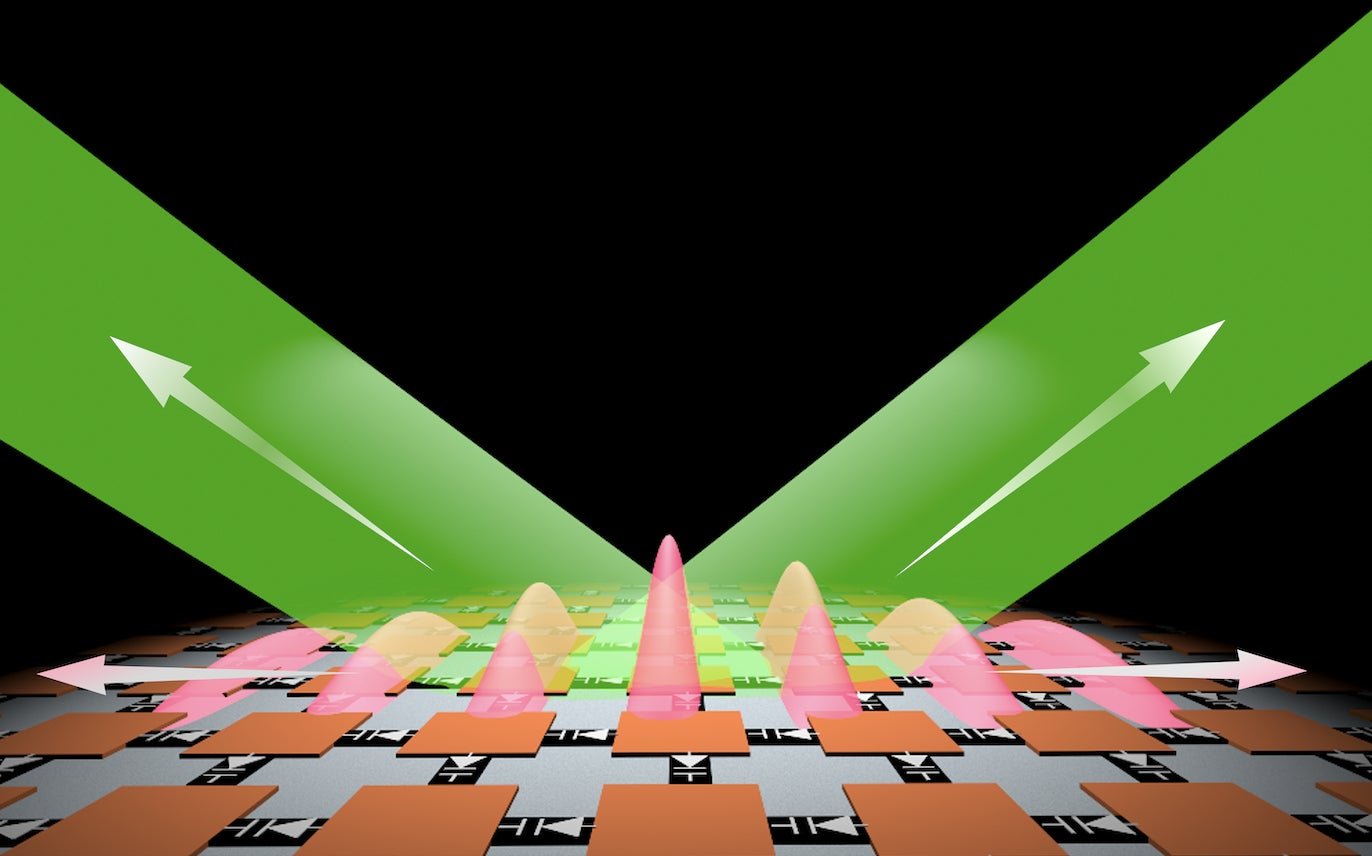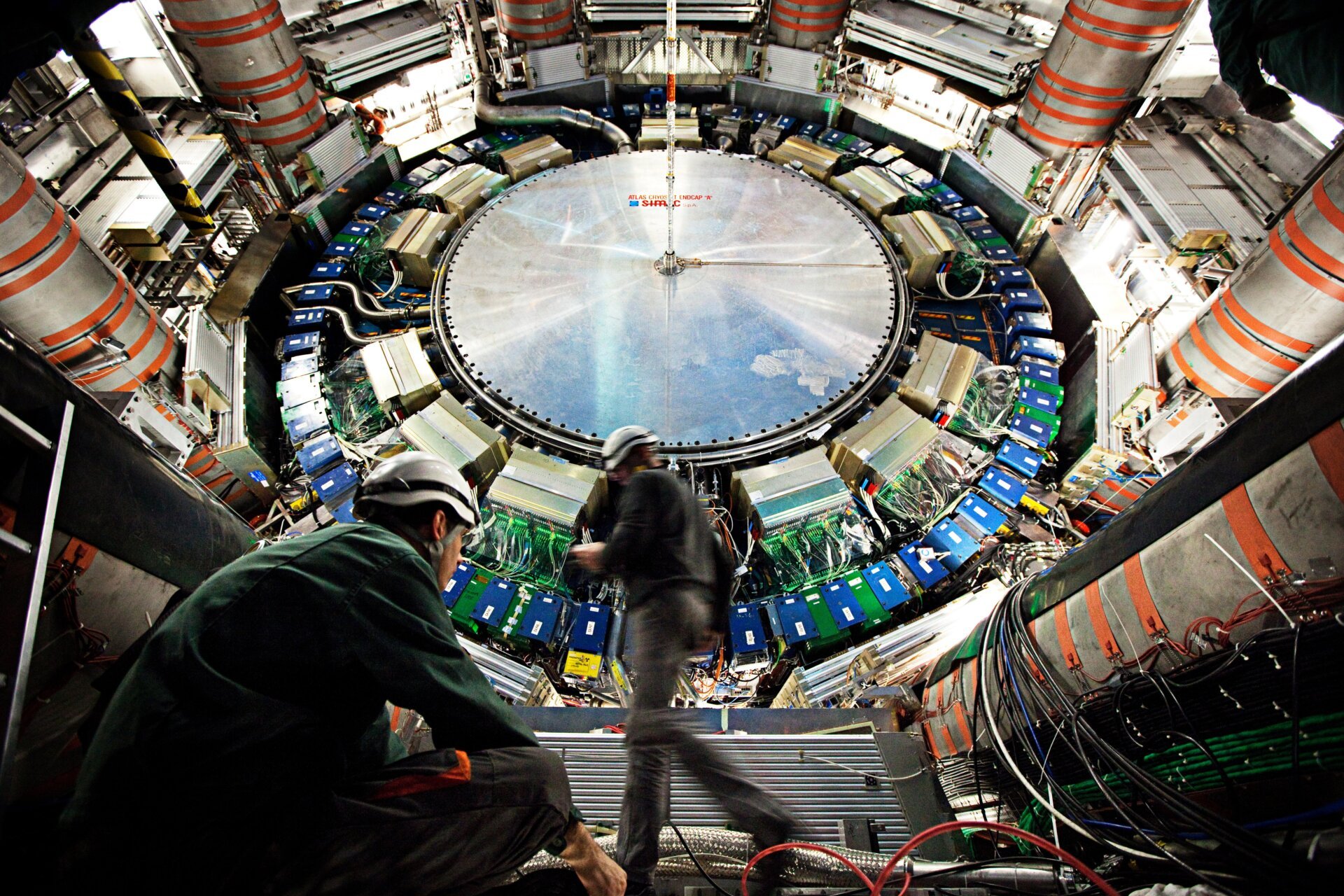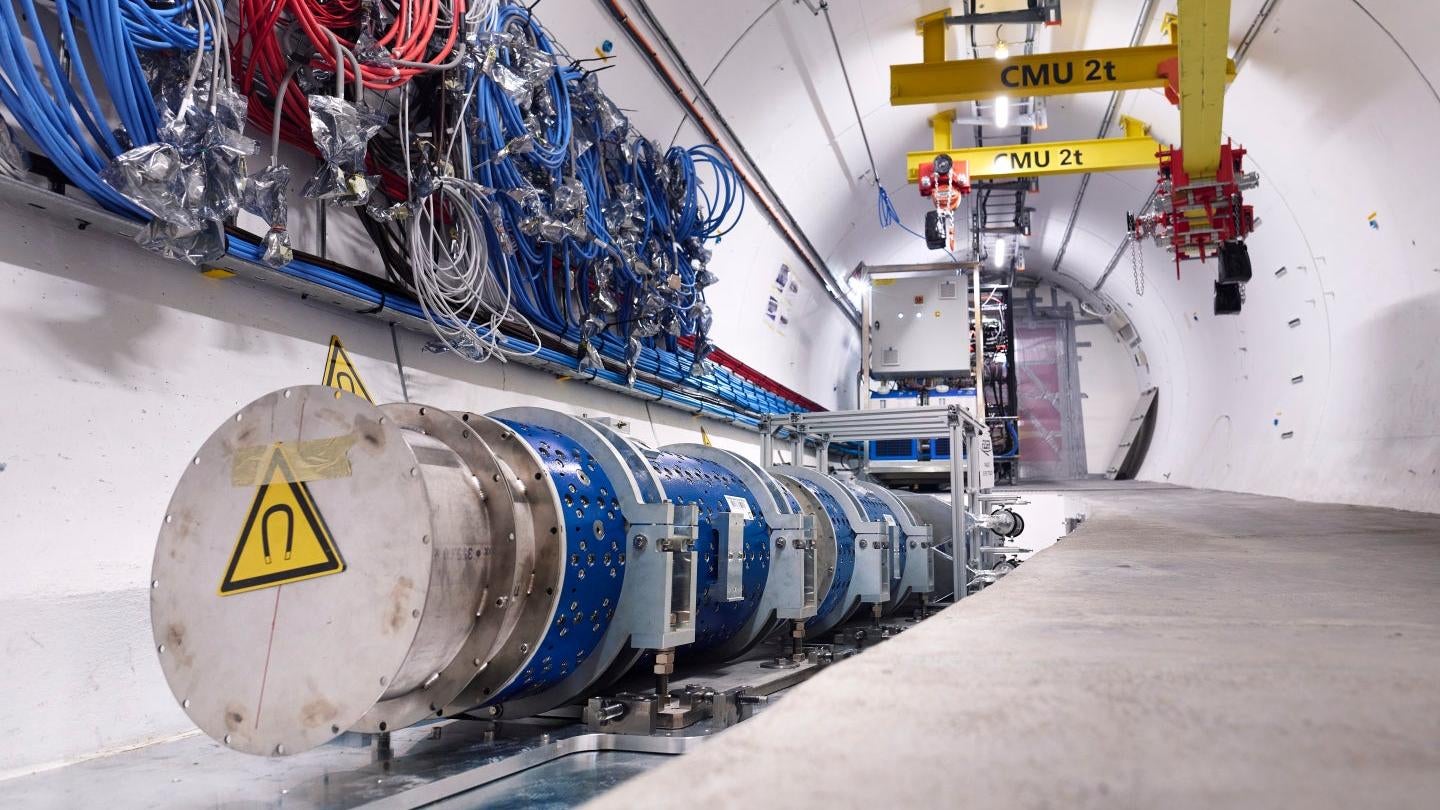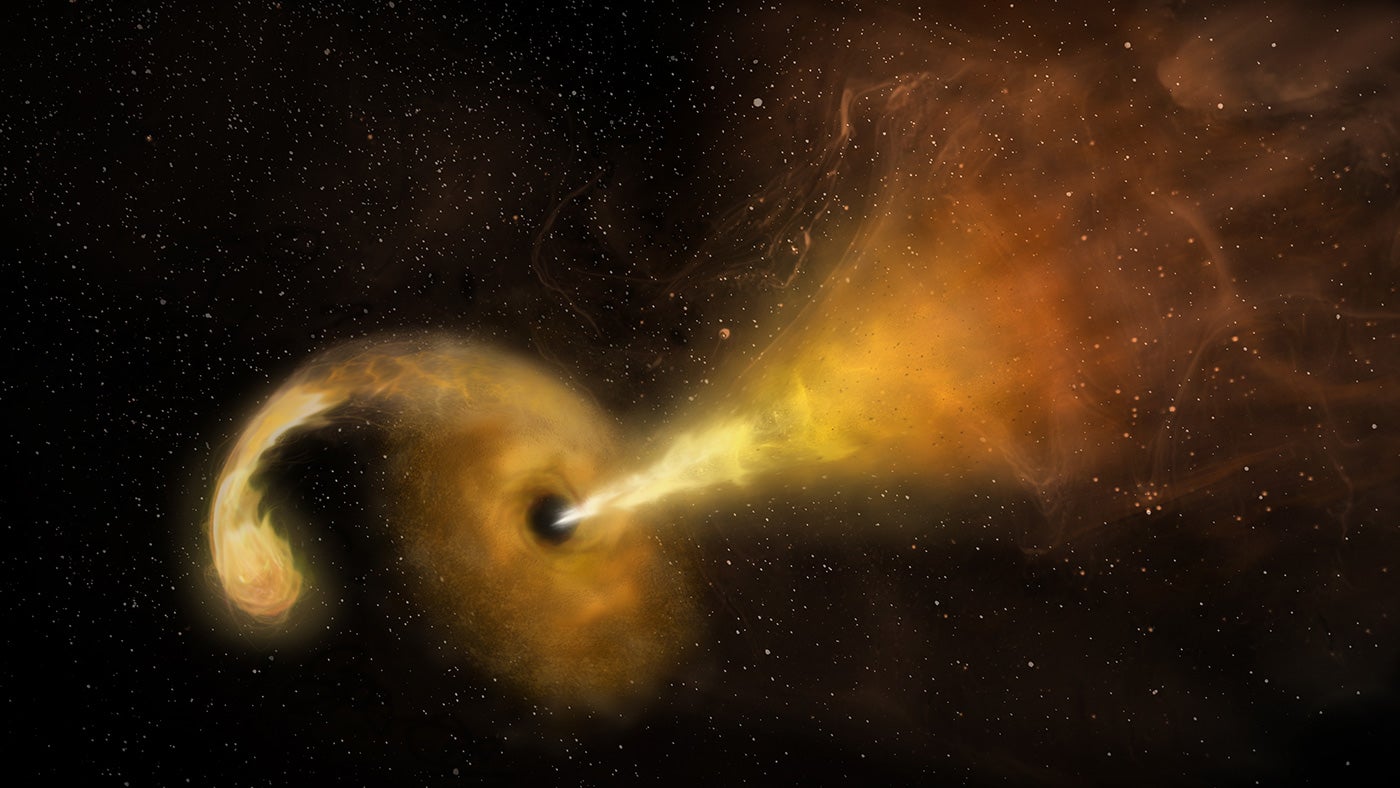A remarkable high-speed photograph captures the intense competition between lightning rods during a thunderstorm in São José dos Campos, Brazil. This image provides valuable insights into how these devices function and protect buildings from lightning strikes. The study analyzing this event was published in Geophysical Research Letters in December 2022.
A 230-Mile-Per-Second Race
The photograph depicts a lightning bolt hurtling towards the ground at an astonishing speed of 230 miles per second. As the bolt neared the ground, a dramatic interplay unfolded between the lightning rods and nearby structures. According to lead author Marcelo Saba, a researcher at Brazil’s National Space Research Institute, “lightning rods and tall objects on the tops of nearby buildings produced positive upward discharges, competing to connect to the downward strike.” This competition highlights the dynamic nature of lightning strikes and the crucial role of lightning rods in intercepting them. The final image was captured a mere 25 thousandths of a second before the lightning struck a building.
Franklin’s Invention and a Modern Challenge
Lightning rods, invented by Benjamin Franklin in the mid-18th century, are designed to safely channel electrical discharges to the ground, preventing them from igniting structures. Typically made of copper, these rods offer a crucial layer of protection against lightning strikes. Despite the presence of over 30 lightning rods in the photographed area, a flaw in their installation allowed the lightning to strike a smokestack, resulting in a powerful 30,000-amp discharge that damaged the structure. This incident underscores the importance of proper installation and maintenance of lightning rods.
The Zigzag Path of Least Resistance
Lightning follows the path of least resistance to the ground, which explains its characteristic zig-zag pattern. This also explains why lightning can strike a smokestack even when lightning rods are present. Essentially, lightning is an electrical spark in the atmosphere. When there’s a significant difference in electrical charge between the atmosphere and the ground, the air loses its insulating properties, leading to a lightning discharge. This phenomenon can also occur during volcanic eruptions and nuclear explosions.
A 40,000 Frame-Per-Second Spectacle
The high-speed camera used to capture this image operated at an impressive 40,000 frames per second, allowing researchers to observe the intricate details of the lightning strike. The image clearly shows multiple lightning rods on different buildings attempting to connect with the descending lightning bolt. This visual demonstration provides valuable insights into the behavior of lightning and the effectiveness of lightning rods. Besides its scientific value, the photograph is also a captivating spectacle.
Conclusion
This high-speed photograph offers a unique glimpse into the dynamics of lightning strikes and the competition between lightning rods. It highlights the importance of proper lightning protection and the ongoing research needed to fully understand this powerful natural phenomenon. While the image is visually stunning, it also serves as a reminder of the destructive power of lightning and the need for effective preventative measures.



